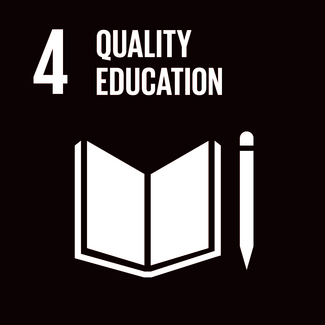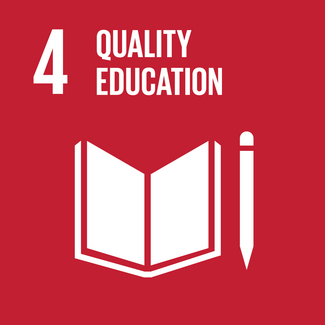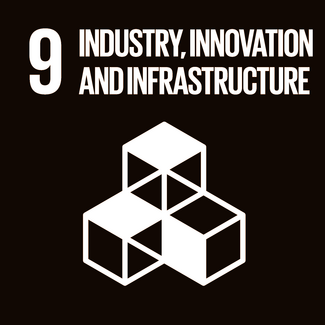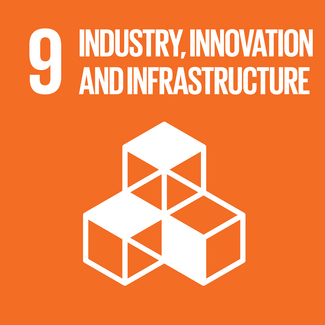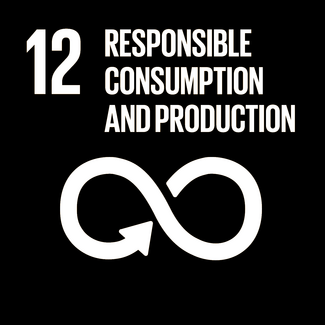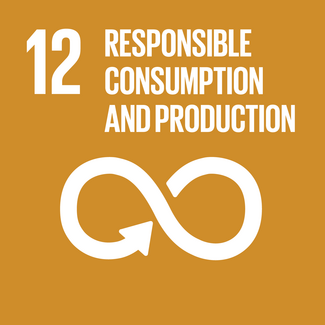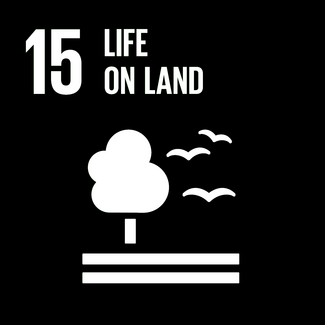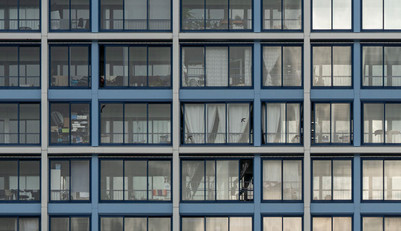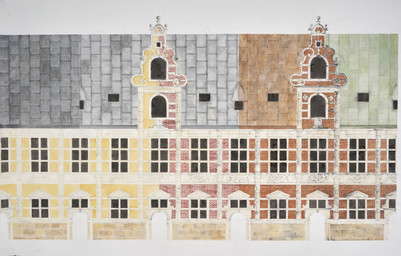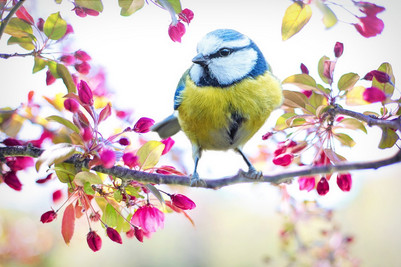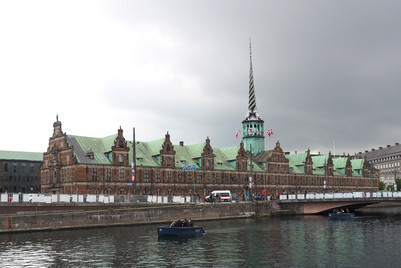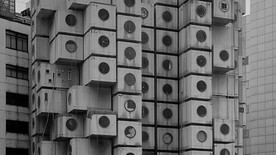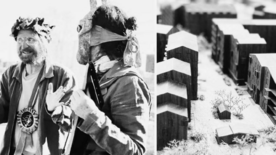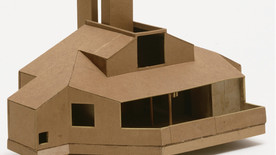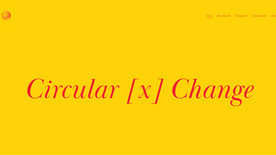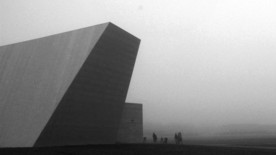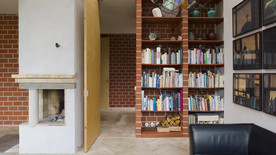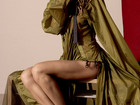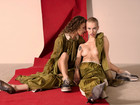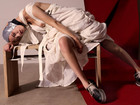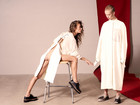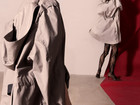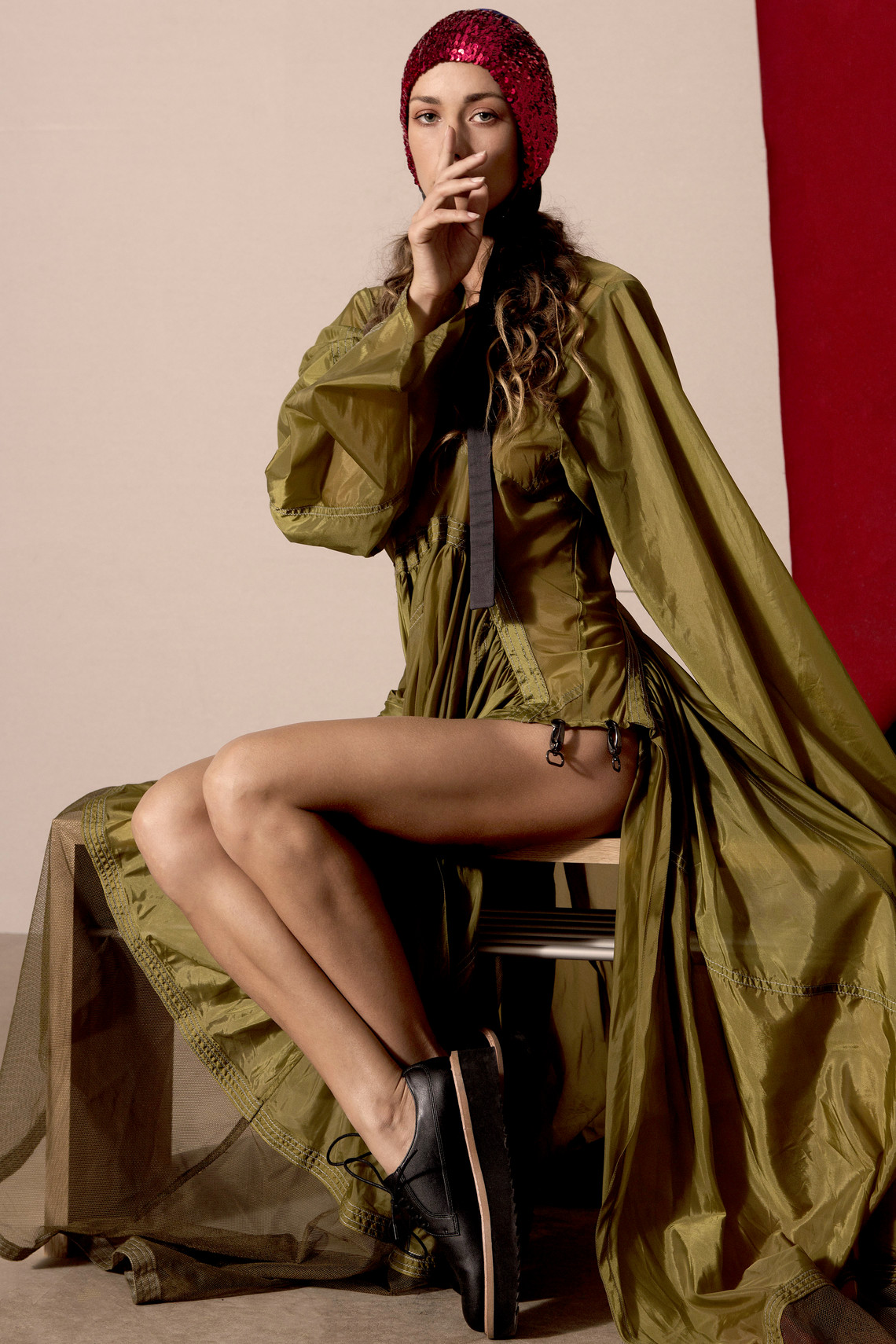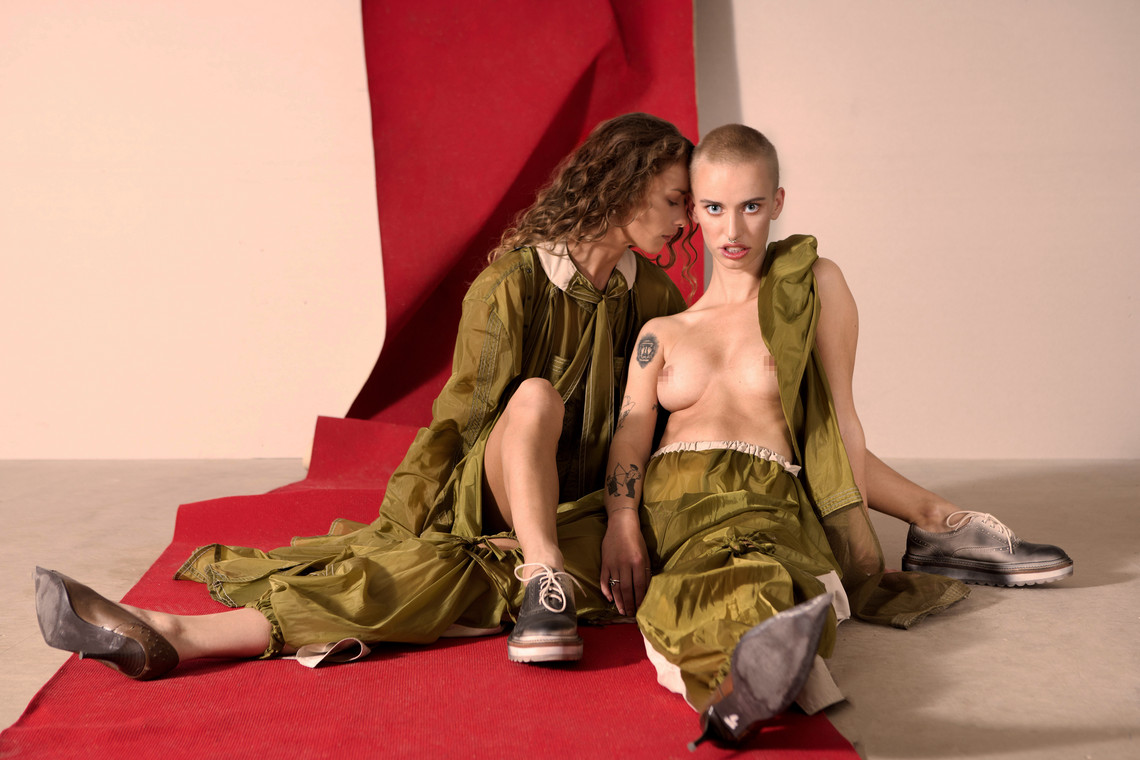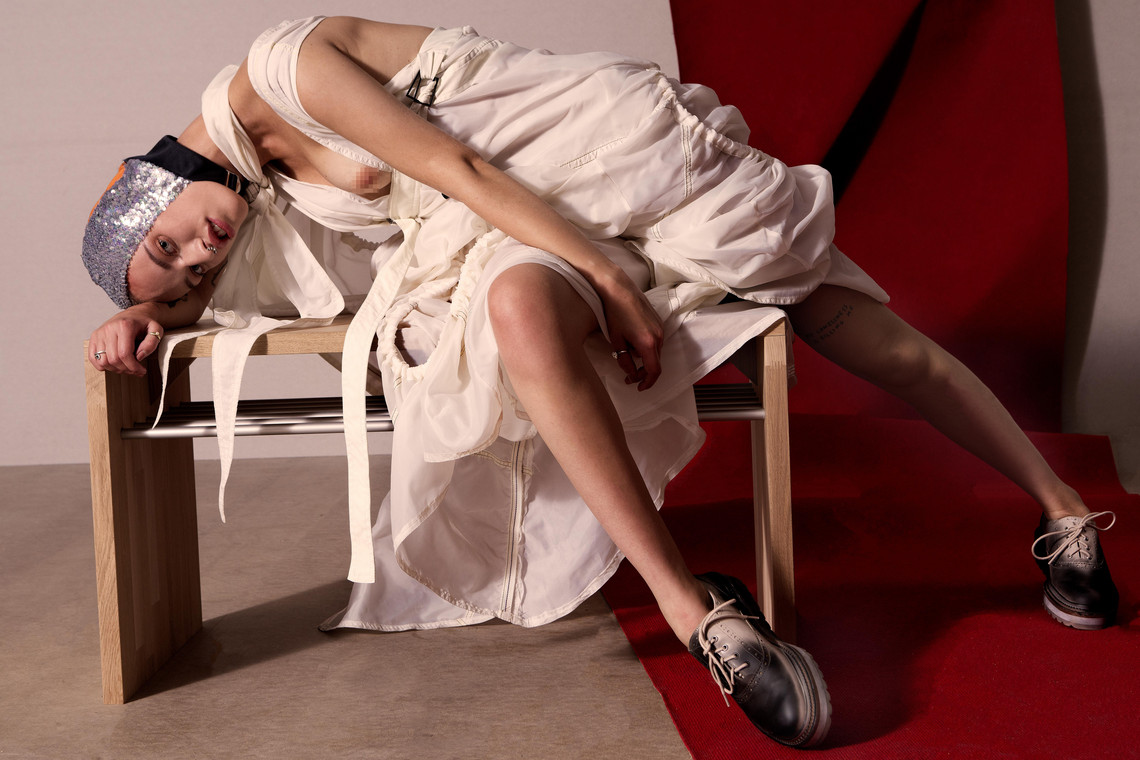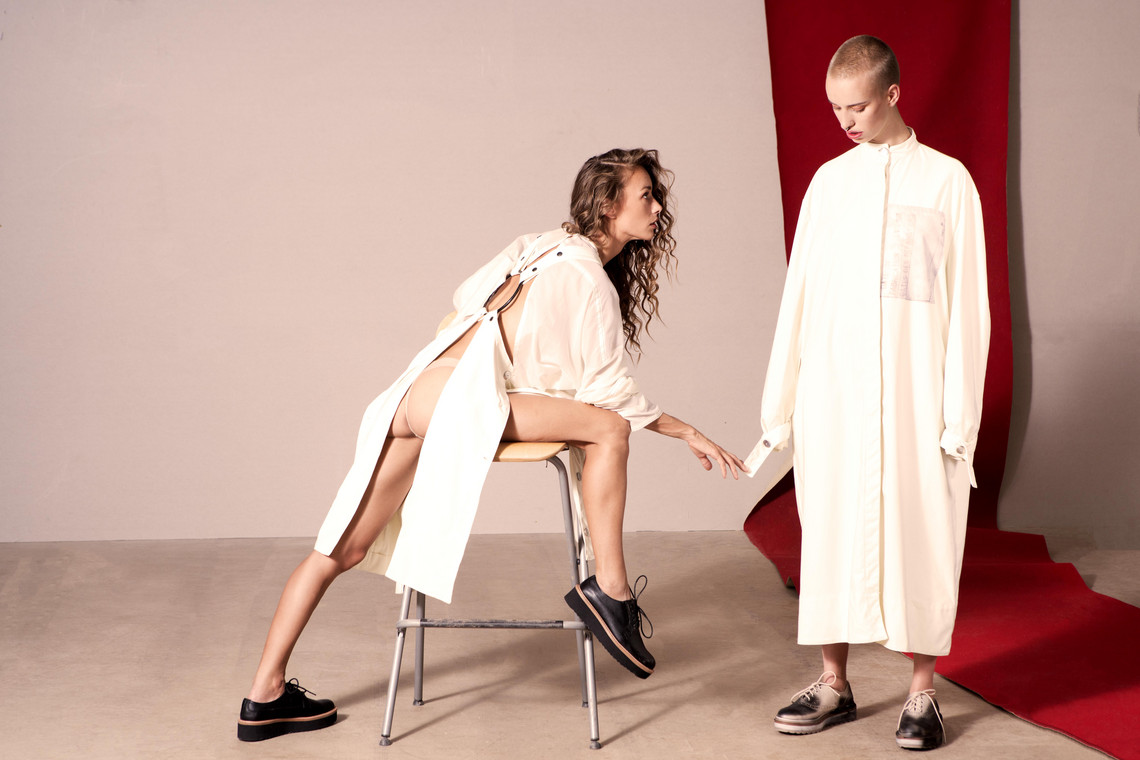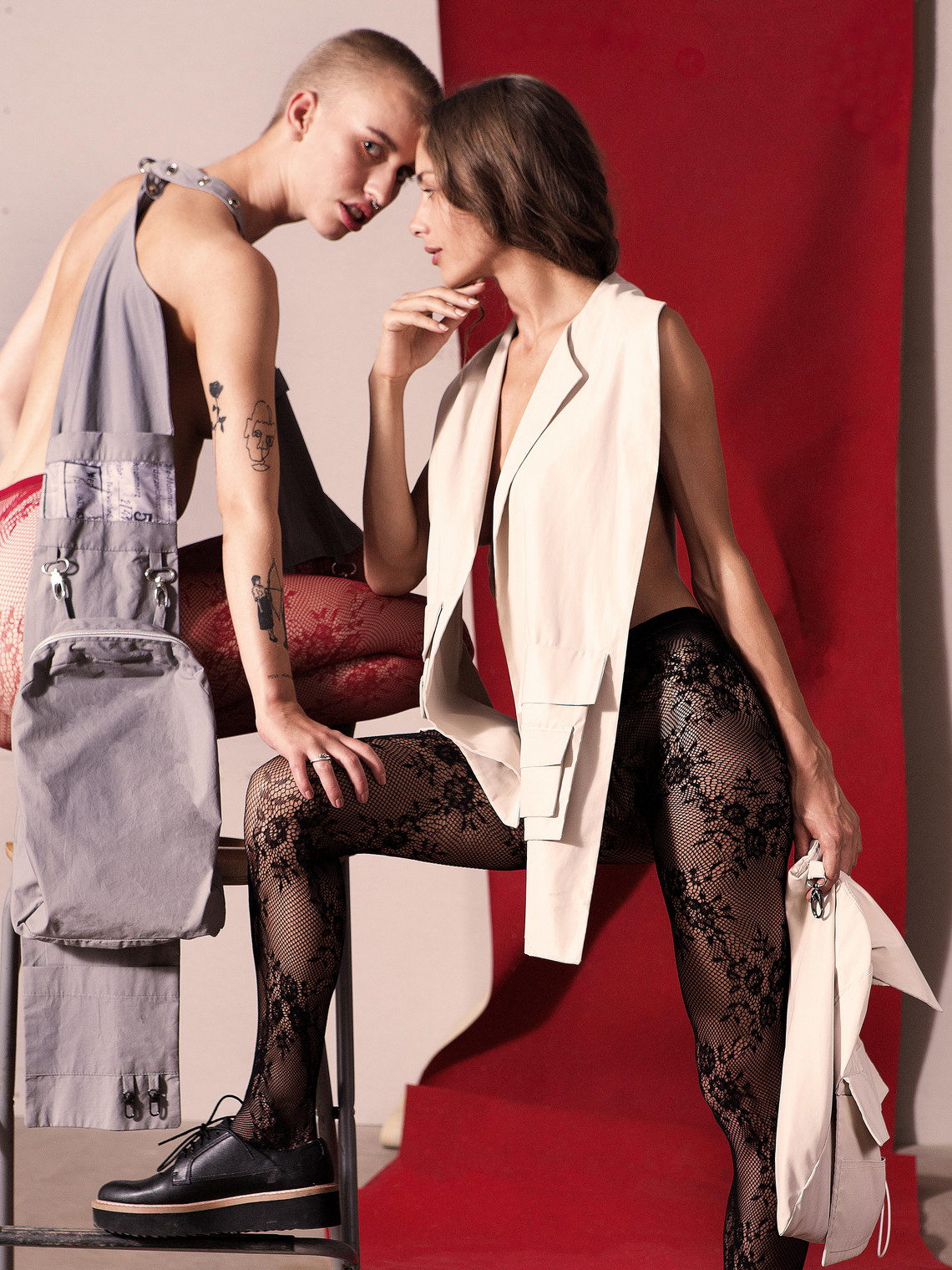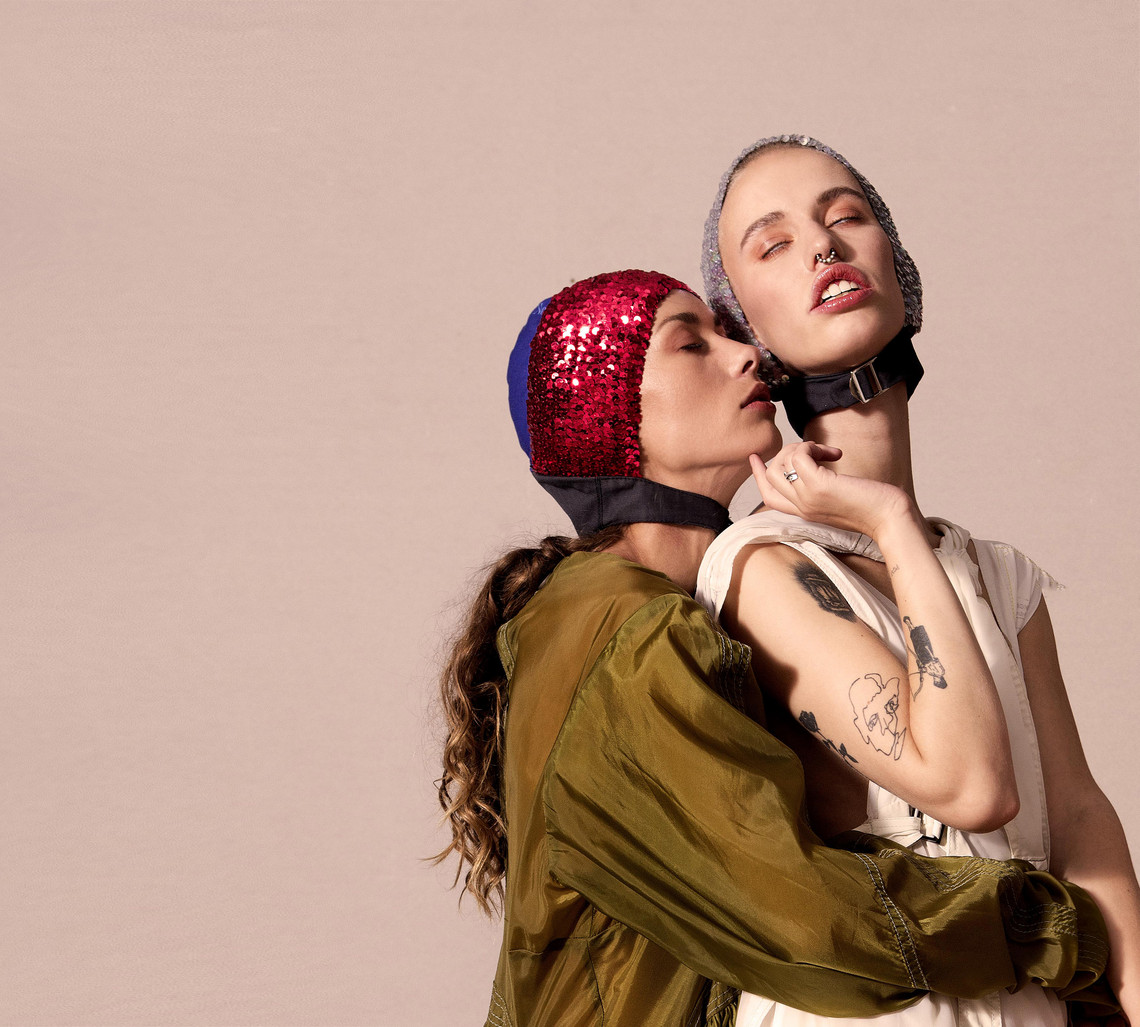
SCEPTICISM
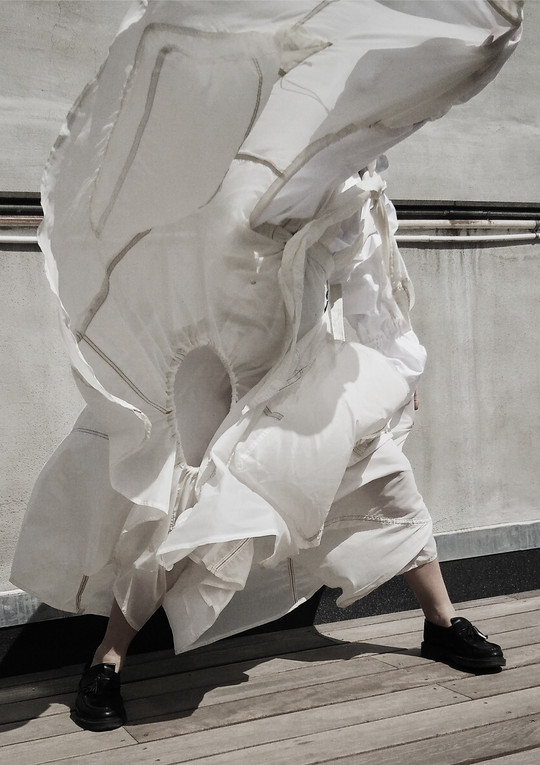
The vibe of the entire collection creates aesthetics that stimulate interaction with the collaborative nature of contemporary fashion and our needs today. My main designed garments in this project are made and inspired from decommissioned material such as old parachute canopies. I sourced two parachutes-one is from 1990s, and another one from 1967. I work on possibility to interpret parachute in a different way, to present it as a garment that could be worn today without any hesitation and confusion. I found it fascinating how to change the image of old parachute, acknowledge it´s heritage, functionality and giving a totally new life to it-fully abstracted from the original garment.
Working with this material both physically and theoretically inspired me into shape creation, finishing and craftsmanship. My source of inspiration had started from the French Tailor who invented first “parachute suit” and tested it by jumping of Eiffel Tower. The end was fatal. He died. Later I found quite ironic episode of a soldier, who´s parachute stuck and been hanging on the church tower during the WW2. It led my research to clerical garments from priests and nuns, using the ecclesiastical dress as a dress code.
As an emerging fashion designer, I wonder how to stay up to date and still be responsible to the evolution of the industry. Therefore I would love to contribute to sustainable fashion, and to work with ethical approach by using recycling material with no compromising on design. Parachute as an object is a huge source of inspiration because of it´s background and historical facts. In my collection I tried to merge it´s functional and practical features into beautiful garments, that could be easily merged into our everyday’s wardrobe. The fabric is strong, at the same time is light and has an amazing stitching finishing. If these parachutes are still alive, I do believe my designed garment will have a long life as well.
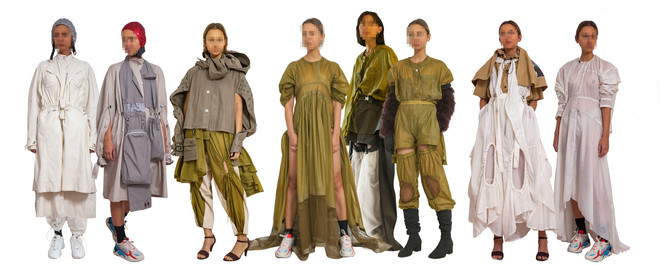
Even though parachute fabric came from the military universe, I see a dose of romance about it and have created a twist between masculinity and feminine. This balance gives more possibility to use garments in various ways. I designed pieces that look beautiful, elegant and ready to wear. Every style has functional approach and easy to mix and match with the rest.
I used a combination of trench coat fabric (leftovers fabric that I locally sourced from the stores in Copenhagen) with parachute in order to show that it is more than OK to use recycled decommissioned fabric in line with the “nice” and new ones. I add embellishment to celebrate the fabric. The fur gloves create some playfulness. I wont exaggerate my sustainable approach, I want to embrace and benefit my design process by implementing it. I wish we will think about ethical design not as about something big and extraordinary, we can always start with small steps and accept it as a normal Thing.
Parachute fabric is beautiful, timeless, strong, voluminous, and it has an amazing story telling that let the design to explore different aesthetics. My journey with the parachute does not ended up with this project, I see it as a beginning, creative warm-up that opened my eyes to new opportunities.
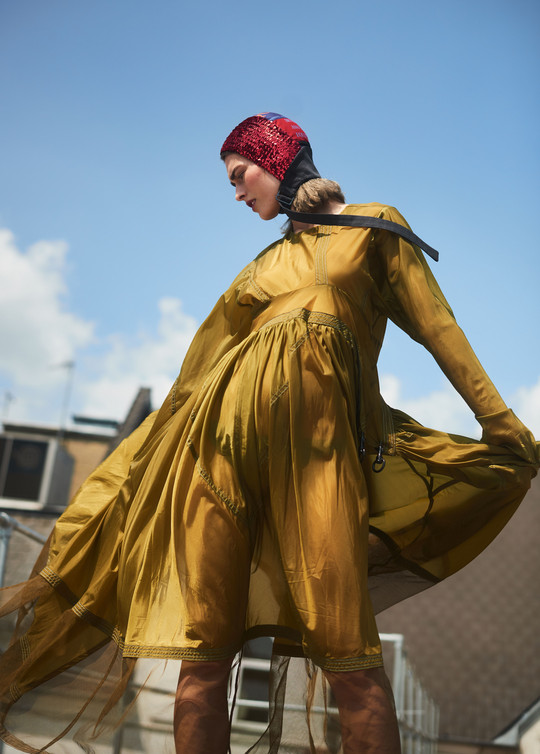
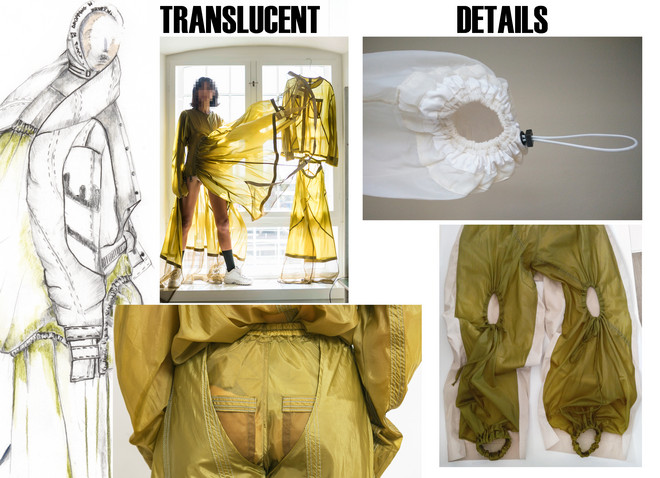
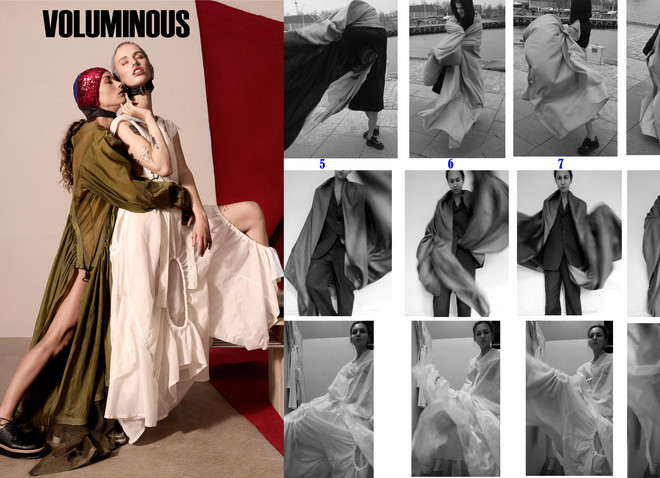
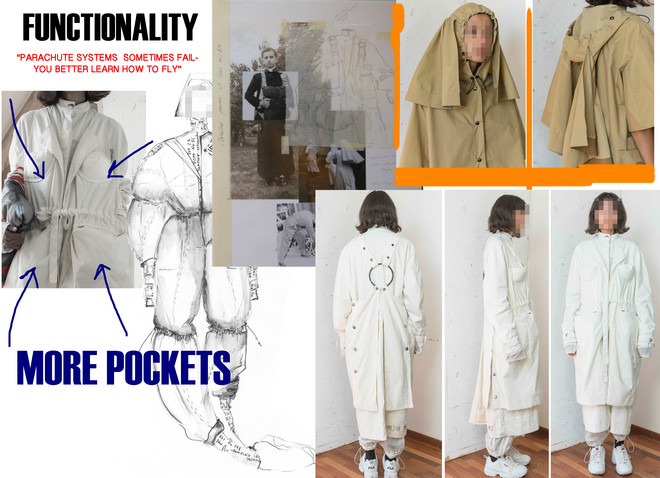
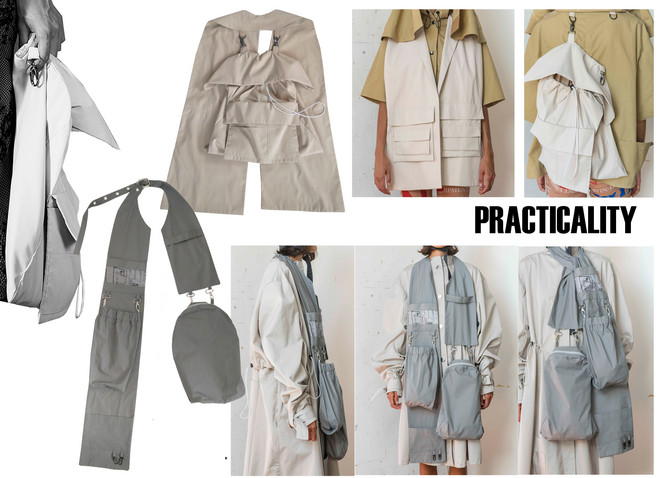
Det Kongelige Akademi understøtter FN’s verdensmål
Siden 2017 har Det Kongelige Akademi arbejdet med FN’s verdensmål. Det afspejler sig i forskning, undervisning og afgangsprojekter. Dette projekt har forholdt sig til følgende FN-mål